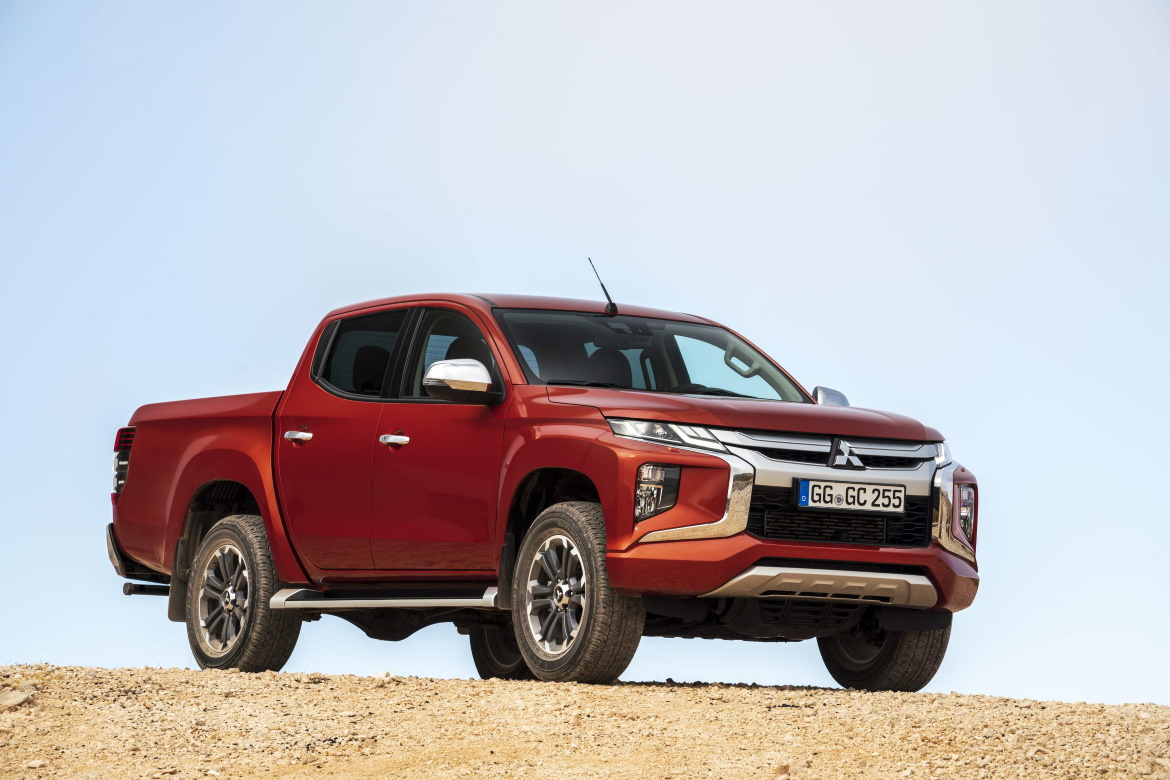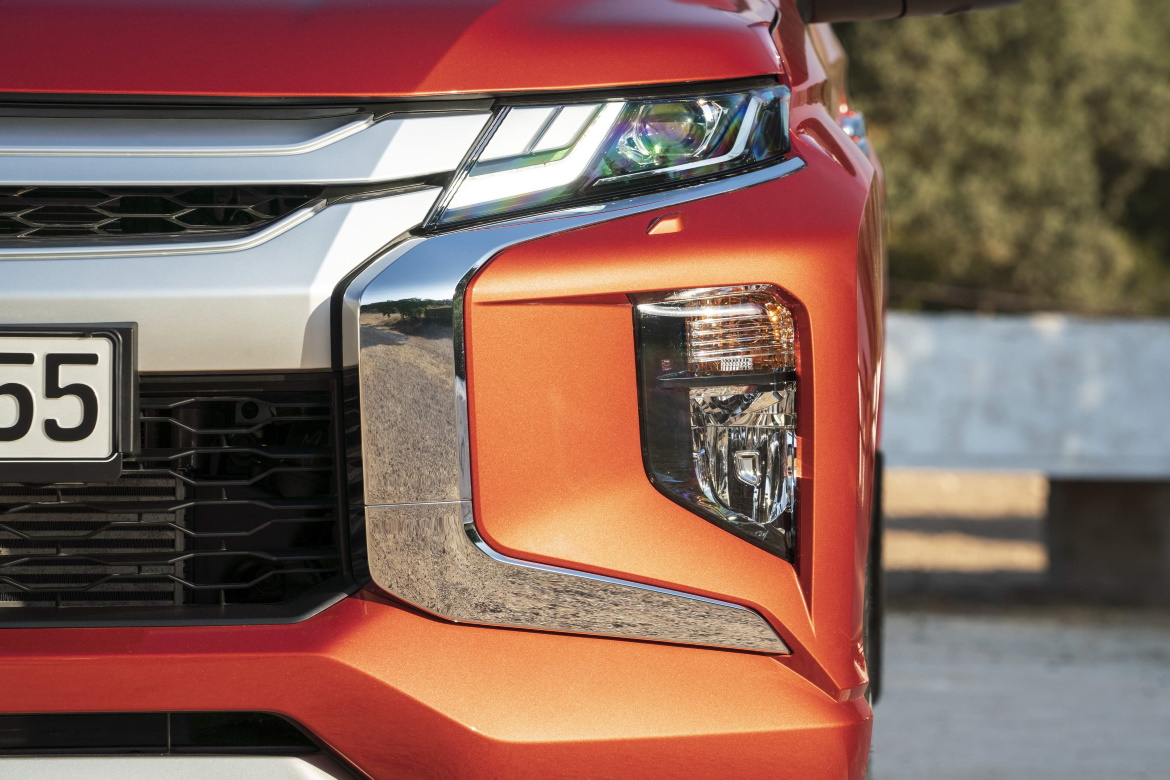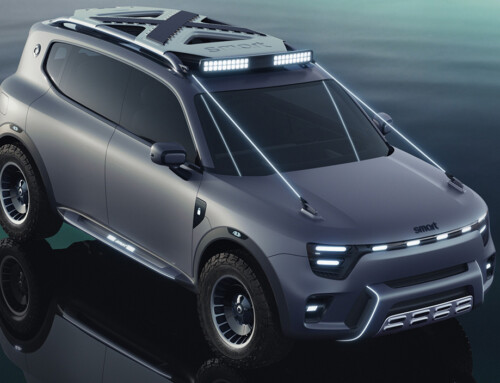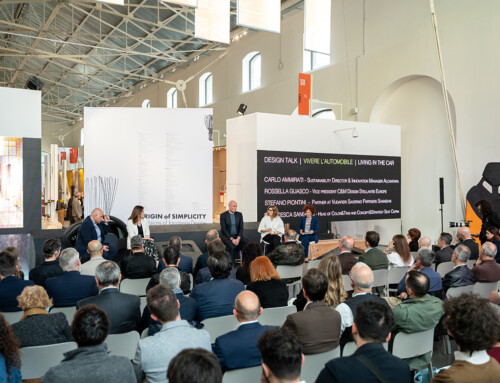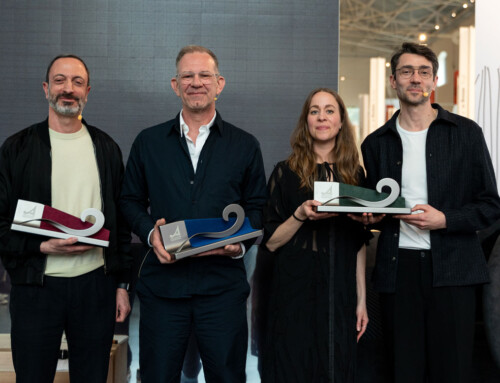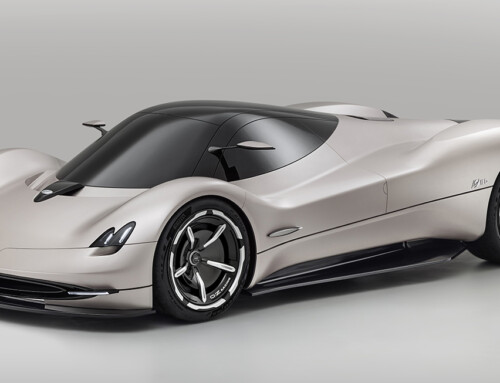What must a pick-up be like today? Mitsubishi’s worldwide customers have no doubts in this regard: “strong, robust, stable and dynamic”, but if this once also meant “basic and spartan”, given its intended use, today comfort and design are also essential aspects. This is the origin of the radical change of look given to the new L200, presented not as an elaborate facelift but as a veritable new generation of the Club Cab versions (with rear-hinged half-size rear doors and 4 seats) and the classic 4-door, 5-seat Double Cab.
The length increases by just 2 cm (for a total of 5.22 metres, rear bumper excluded) compared to the previous model. What changes radically is above all the front, which adopts the “Dynamic Shield” common to the Outlander, ASX and Eclipse Cross, no longer soft and sloping but more chunky with volumes moved upwards. The bonnet is raised by 4 cm, with a slimmer grille positioned in the top part over a wider air vent. The headlights are clearly separated, with the main lights also in the upper area and the secondary lights in the prominent lateral housings. These stretch from the mudguards, separated from the rest of the front by satin-finished elements with an “hourglass” shape, repeated in the interior in the central console.
The side is the part that retains the most elements from the previous series, such as the characteristic curved “J” profile of the cab that was introduced with the fourth generation in 2005, and the ribbing that crosses the tops of the doors. The most striking difference is in the newly designed wheel arches, which no longer faithfully follow the profile of the wheels (with new 18″ 6-spoke rims) but adopt a more open curvature. While at the rear, where the practicality of the pick-up bed has priority in dictating shapes and volumes, one notices larger taillights and bumpers that are better integrated into the profile of the bed.

